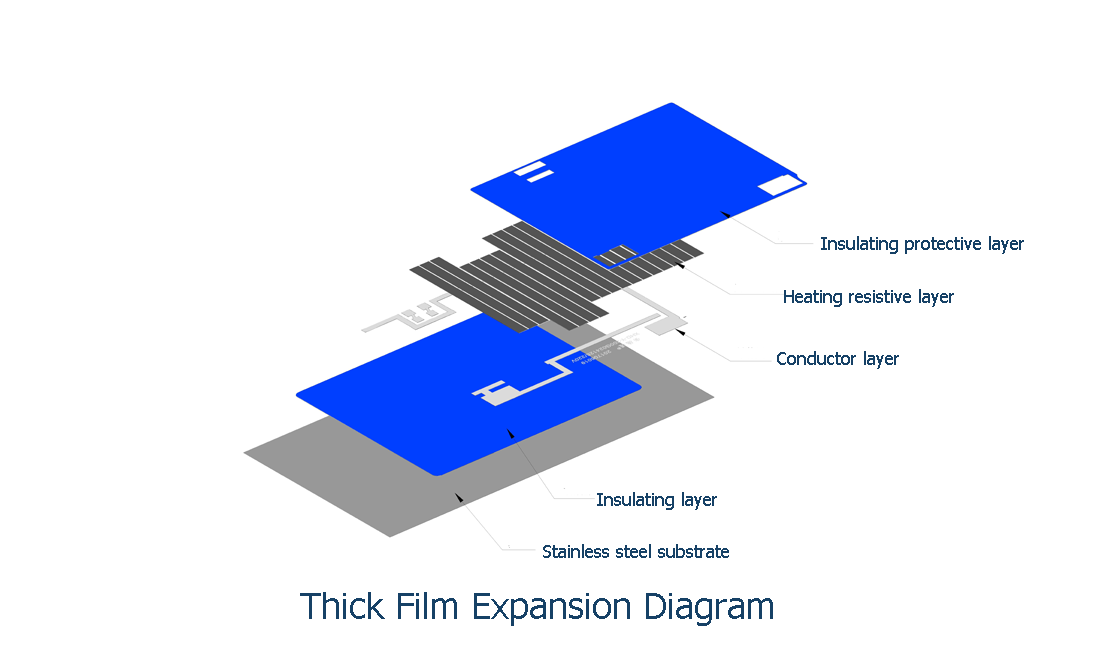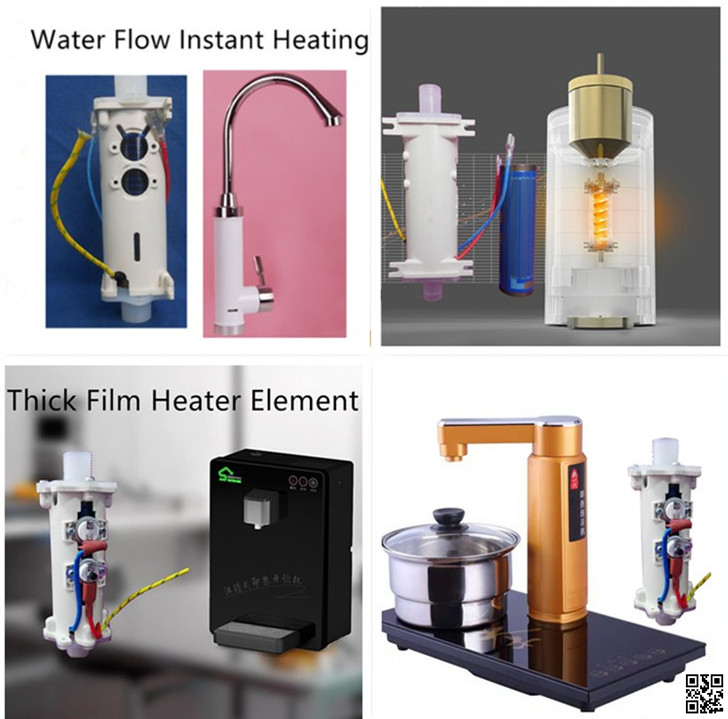On September 28, the Ministry of Industry and Information Technology formally released the "Measures for the Concurrent Management of the Average Fuel Consumption of New Passenger Cars and New Energy Vehicles", which will be applied to companies that sell passenger cars in China (including importing passenger car companies). The company's average fuel consumption (CAFC) and new energy passenger vehicle production (NEV points) will be assessed by points. Enterprises that have not paid for new energy vehicles will be suspended from the production of high fuel consumption models until the next year. The amount of production of energy passenger cars decreased from the fiscal year is no less than the number of uncompensated negative credits. This policy will formally come into effect on April 1, 2018. Double points refer to the company's average fuel consumption points and corporate new energy vehicle points. The average fuel consumption point of passenger vehicle companies is the difference between the attainable standard value and the actual value of the average fuel consumption of the enterprise, and the product of the passenger vehicle production volume or import volume (the calculation results are rounded off according to the rounding principle). The actual value is lower than the target value to generate positive scores, and higher than the target value to generate negative scores. Fuel consumption points are relatively easy to understand and calculate, and new energy car points are relatively complex. The new energy vehicle integration value is the difference between the actual value of the company's new energy points and the compliance value. The actual value of the integral refers to the sum of the points of each model of new energy passenger cars produced or imported by the company during the accounting year and the product of the model's production volume or import volume (the calculation results are rounded off by the rounding principle). As for the new energy vehicle model points, there is a set of formulas to calculate. Specifically, we are talking about the following question three. The dual-integration policy is to better promote the development of domestic new energy vehicles. According to the double-integration policy, the more new energy vehicles produced by the company, the higher the points, the more favorable for the enterprise; the less new energy vehicles the company produces. The lower the score, the lower the score, and the negative score. The company will be affected and it may even be shut down directly. The new energy vehicle integrates pure electric vehicles, plug-in hybrid vehicles, and fuel cell vehicles. Among them, the standard vehicle integral calculation method for pure electric vehicles is “0.012*R+0.8†(where R is the cruising range); the standard integral of plug-in hybrid vehicles is 2; the formula for fuel cell vehicles is 0.16*P (P is Fuel cell rated power). In addition, there are additional calculation methods depending on the vehicle cruising range, vehicle weight, and 100 km power consumption. For details, refer to the following table: According to the latest information released by the Ministry of Industry and Information Technology, the double-credit policy will be formally implemented on April 1, 2018, and the company's average fuel consumption points will be accounted for since 2019. The double-credit policy starts from 2019. The proportion of new energy points in 2019 is 10%, and the proportion of points in 2020 is 12%. The proportion of new energy points after 2020 will be announced separately by the Ministry of Industry and Information Technology. The policy documents published in this announcement show that the car enterprises that implement the double-pointing standard are those traditional energy passenger vehicles that have an annual production volume or import volume of more than 30,000 vehicles. The traditional energy here refers to passenger cars other than new energy passenger cars that can use gasoline, diesel or gas fuel (including non-plug-in hybrid passenger cars). Fuel consumption points: Enterprises that have not paid for negative points will be subject to the suspension of high fuel consumption product declarations and suspension of production of high fuel consumption products. New energy vehicle points: Enterprises that have not paid for negative points will be subject to the suspension of production of high fuel-consuming products. Fuel consumption points: The requirements can be fulfilled through carry-forward, transfer of affiliate companies (such as JAC Volkswagen), deduction of points for new energy vehicles, etc. New energy vehicle points: can only be satisfied by producing new energy vehicles or purchasing points. Since new energy vehicle points can only be bought and sold, different manufacturers can not be transferred, even if the associated companies can not be transferred; and the fuel consumption points can only be transferred between related companies, not only between different manufacturers Transfer, but also can not be purchased. 1. Ensure the development of new energy vehicles Under the influence of the double-integration policy, new vehicle companies with better development of new energy vehicles can earn more money by selling more than points to supplement the shortage of funds in the case of insufficient subsidies; and for underdeveloped vehicle companies, they will face a shortage of funds. The major losses such as the purchase of points for money and the suspension of production of fuel vehicles are such that vehicle companies have no choice but to develop new energy vehicles. 2. Consumers benefit from new energy car prices returning to normal levels In order to better adapt to the double-integration policy, many sensitive manufacturers have begun to cooperate, such as "VW and JAC", "Daimler and Beijing Automotive Group", "Ford and Zhongtai", "Renault Nissan Alliance and Dongfeng" and "Great Wall and Yu Jie" and so on. The main purpose is to cope with joint ventures or cooperation, or even change to big buyers. Then the traditional car companies will gradually stop production of high fuel consumption models, and instead produce more small-displacement fuel vehicles and plug-in hybrid / pure electric vehicles. This, to a certain extent, can force the prices of new energy vehicles to return to normal levels. At the same time, it is also good news for consumers who are buying cars in the future. 3. There may be many “garbage trucks†without market in the early stage Of course, there may be some negative effects in the early stage of implementation. For example, for some car companies that rely solely on fuel vehicles for profit, in the future, in addition to seeking cooperation and buying points, they may also force themselves to “upgrade†their fuel vehicles to plug-in hybrid vehicles, or introduce more comparisons. Primary electric vehicles that can get new energy points. This forced implementation will not only fail to achieve the real electrification development promoted by the country, but also lead to the emergence of a large number of "non-market" models, thus wasting resources. 4. Underprivileged companies that are not powerful are faced with annexation or direct elimination At the same time, some self-owned brands will also face enormous challenges because they are poor in basic automotive design technology. They used to mimic overseas mature chassis lights in the early days. Nowadays, creating new energy vehicles without reference objects naturally creates a good car, and at the same time, The technological gaps in the industrial chain, funds are not very abundant, and domestic battery technology is not strong, which makes these independent brands unable to return the points to zero, resulting in the eventual failure to be annexed by other car companies, or to bankruptcy or even demise. In fact, this is also conducive to the merger and reorganization of the industry and the elimination of vulnerable companies. There are three major changes to this revision: First, only encouragement in 2018 will not be included in the assessment criteria. In previous versions, 2018 new energy vehicles were required to have an integral ratio of 8%, but the newly announced version was not included in the assessment in 2018, giving the company a one-year buffer period; Second, the threshold for the integration of new energy vehicles has been reduced from the original 50,000 vehicles to 30,000, and more SMEs have been included in the assessment. Third, new energy vehicle points in 2019 and 2020 can be combined for assessment. In previous versions, new energy vehicles are eligible for free trading but they cannot be carried forward. However, the new version of the new energy vehicles generated in the 2019 release can be carried forward for a year. What does that mean? This is equivalent to if you have 5 positive credits in 2019 and 4 negative credits in 2020. In the new version, you can use 5 positive credits in 2019 to offset the 2020 negative credits and turn them into positive credits. Exempt from punishment. The full sentence summarizes: 1. Double points refer to the points of fuel consumption and new energy vehicle auto points; 2. The calculation method for new energy points is very complicated, and ordinary users do not need to understand it. For a simple example, for an ordinary pure electric vehicle, a full score of 5 points can be obtained if the battery life exceeds 350km; 3. The double-integration policy has been implemented since April 1, 2018, but 2018 is only a transitional year. The real evaluation period starts from 2019; 4. The proportion of new energy points in 2019 will be 10%; in 2020 it will be 12%, and the follow-up points will need to be announced; 5. Vehicle enterprises with an annual production volume or import volume exceeding 30,000 vehicles shall be included in the assessment scope; 6. The car companies whose scores have not reached the standard will not be able to declare and produce new models; 7. Fuel consumption points can be transferred in affiliates, but can also use new energy points to offset, but can not be traded; and new energy points even affiliates can not be transferred, can only buy and sell; 8. Compared with the previous version, the new version has three major changes, mainly reflected in the one-year transition period for car companies, more car companies being included in the assessment scope, and the assessment standards in 2019 and 2020 are relatively easy.
Heater Category by Application Heater Category by Application,Heater Category,Small size heater,electric tubular heater XINXIANG JIEDA PRECISION ELECTRONICS CO.,LTD , https://www.tubularheater.de






The thick film heating technology is new type of heating technology which is developed mainly by DuPont and Heraeus in 1990s. They developed the electronic paste can be used on the stainless steel substrate firstly. Using screen printing technology to print and sinter dielectric layer, resistance layer, silver conductor layer and isolation glazes protective layer on the stainless steel, so as to obtain a new type of Heating Element

Thick film heater can successfully replace Traditional Electric Heating
Tubes/Elements, change their structures and performance completely, which can
reduce energy consumption, increase energy utilization and save space.

Thick Film Heater Elements are widely applied in Instant Hot Water Dispenser, instant boiling water heaters, sous vide, coffee maker, electric heating water faucet, instant water flow heater under sink, diswasher, washing machine,formula dispenser, vending machine, industrial water flow heater, circulating heating of swimming pool water,
industrial equipments etc.
